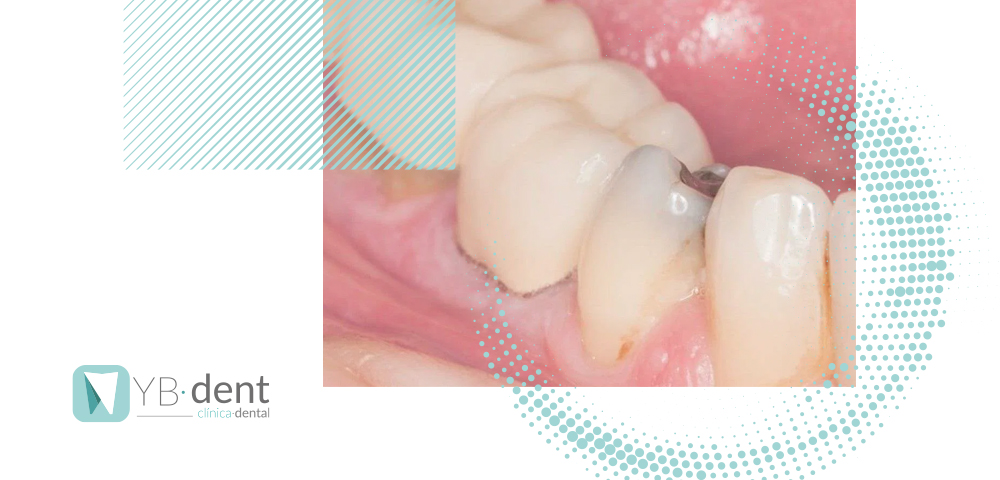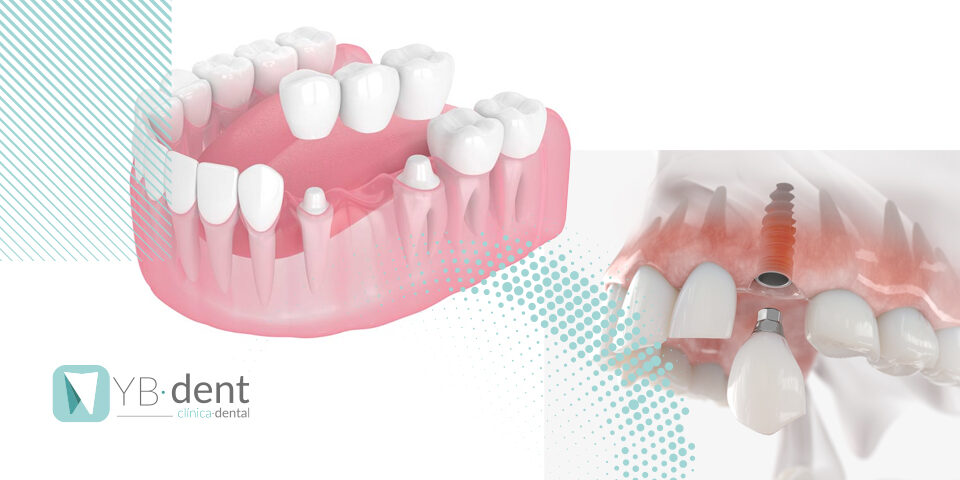Qué son las caries interproximales y cuál es su tratamiento

Los dientes están formados por varios componentes, uno de ellos es el llamado esmalte, que recubre el diente, y por ello, es el elemento del diente que más pronto se puede corroer. Cuando el esmalte de los dientes se desgasta, hablamos de caries dentales. La caries entre los dientes se denomina «caries interproximal«. La carie se crea debido a la placa bacteriana que se acumula a causa de alimentos azucarados y de alto nivel de ácido. Sin embargo, hay otras razones por las que pueden aparecer las caries.
¿Qué es una carie interproximal?
Una carie interproximal es una carie entre los dientes. Se produce cuando la placa se queda en el diente y se endurece, y las encías se recubren de sarro. El ácido de la placa elimina los minerales del esmalte externo. Esta erosión provoca que el esmalte se descaste, la cual se denominaría la primera fase de una caries. En cuanto una zona del esmalte es desgastada por las bacterias, el ácido entra en la siguiente capa de los dientes, la dentina.
La dentina es la principal estructura de soporte del diente. El túbulo dentinario está formado por unos 30-40.000 tubos diminutos que se extienden desde la superficie hasta la pulpa del diente. Estos pequeños tubos se comunican con los nervios de los dientes y pueden causar sensibilidad.
Como van avanzando las fases de las caries, el ácido y las bacterias siguen atravesando los dientes y entran en el interior del material dental, la pulpa, donde se encuentran los vasos sanguíneos y nervios.
En algunos lugares, la hinchazón se extiende hacia el interior del diente y los nervios de los dientes se comprimen, causando dolor. Las molestias pueden extenderse desde el diente hasta las raíces, requiriendo un procedimiento llamado endodoncia.
Las caries pueden aparecer en los premolares y molares. Estos dientes tienen muchas ranuras donde se pueden acumular residuos de comida. A comparación de mantener limpios que los dientes delanteros, son más difíciles de cuidarlos. Los alimentos azucarados se adhieren a los dientes durante largos periodos de tiempo y tienen más probabilidades de provocar caries provocadas por las partículas de comida en la saliva.
Cómo arreglar la caries entre los dientes
Si la caries se detecta muy pronto, el dentista puede aplicar un tratamiento con flúor (en forma de gel, espuma, barniz o líquido). Esto ayudará a restaurar el esmalte y a veces a revertir el daño.
Una caries detectada a tiempo puede tratarse con un simple empaste. Se perfora el diente para eliminar la caries y luego se rellena con un material como porcelana, oro, plata, resina o amalgama. Tras el empaste, la cavidad se amplía con más esmalte y el empaste se utiliza para devolver al diente su forma y función normales.
Si la caries es grave y se deja sin detectar y sin tratar durante mucho tiempo, la endodoncia puede ser la mejor opción para salvar el diente. La endodoncia consiste en la extracción de las encías del interior del diente. Se limpia y desinfecta el diente y se sella la forma del empaste en el hueco. Después de la endodoncia se coloca una corona. La corona está hecha de diversos materiales, como cerámica, composite, resina, metal, porcelana o una combinación de ambos. Parece una cubierta para el diente para protegerlo.



